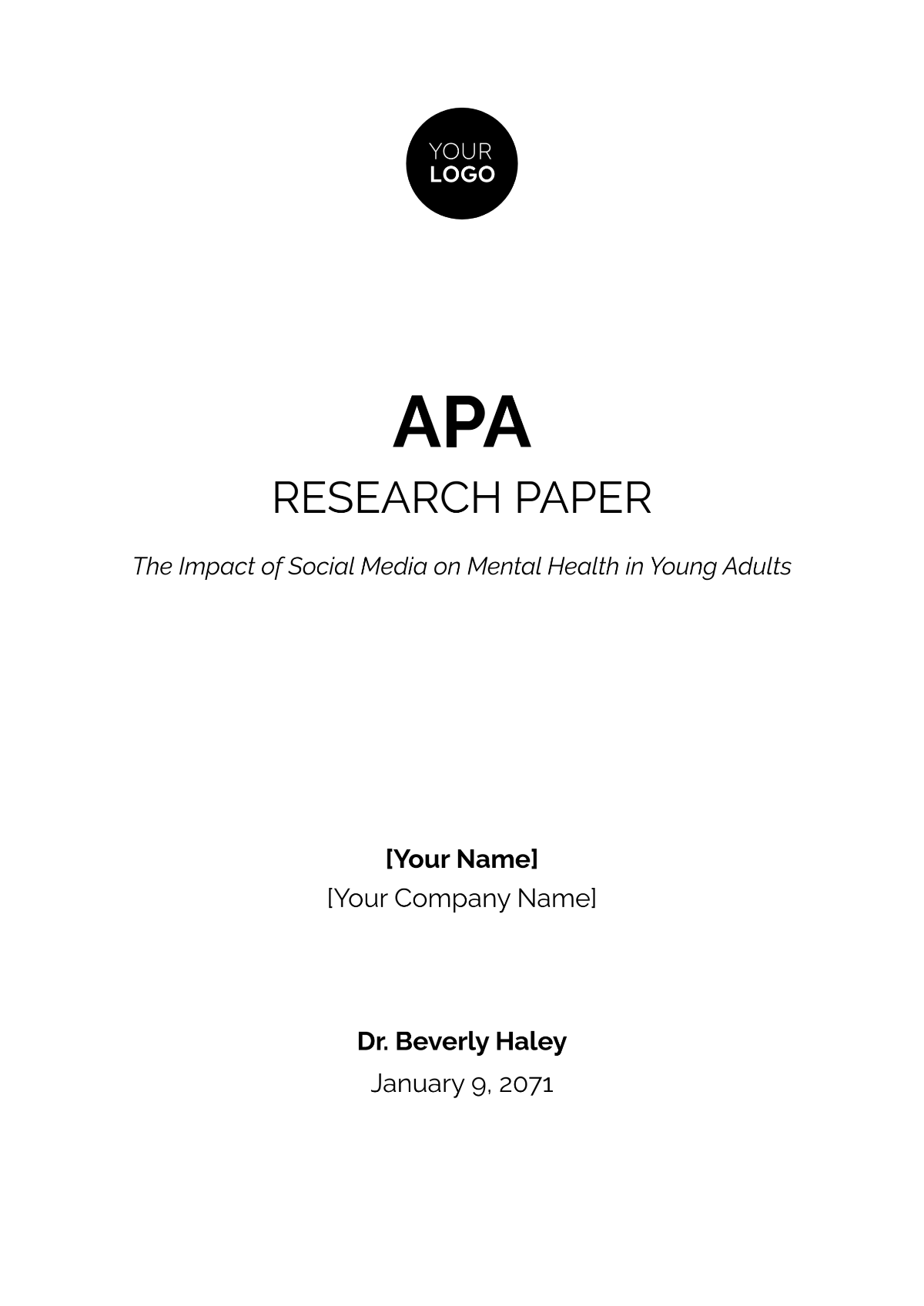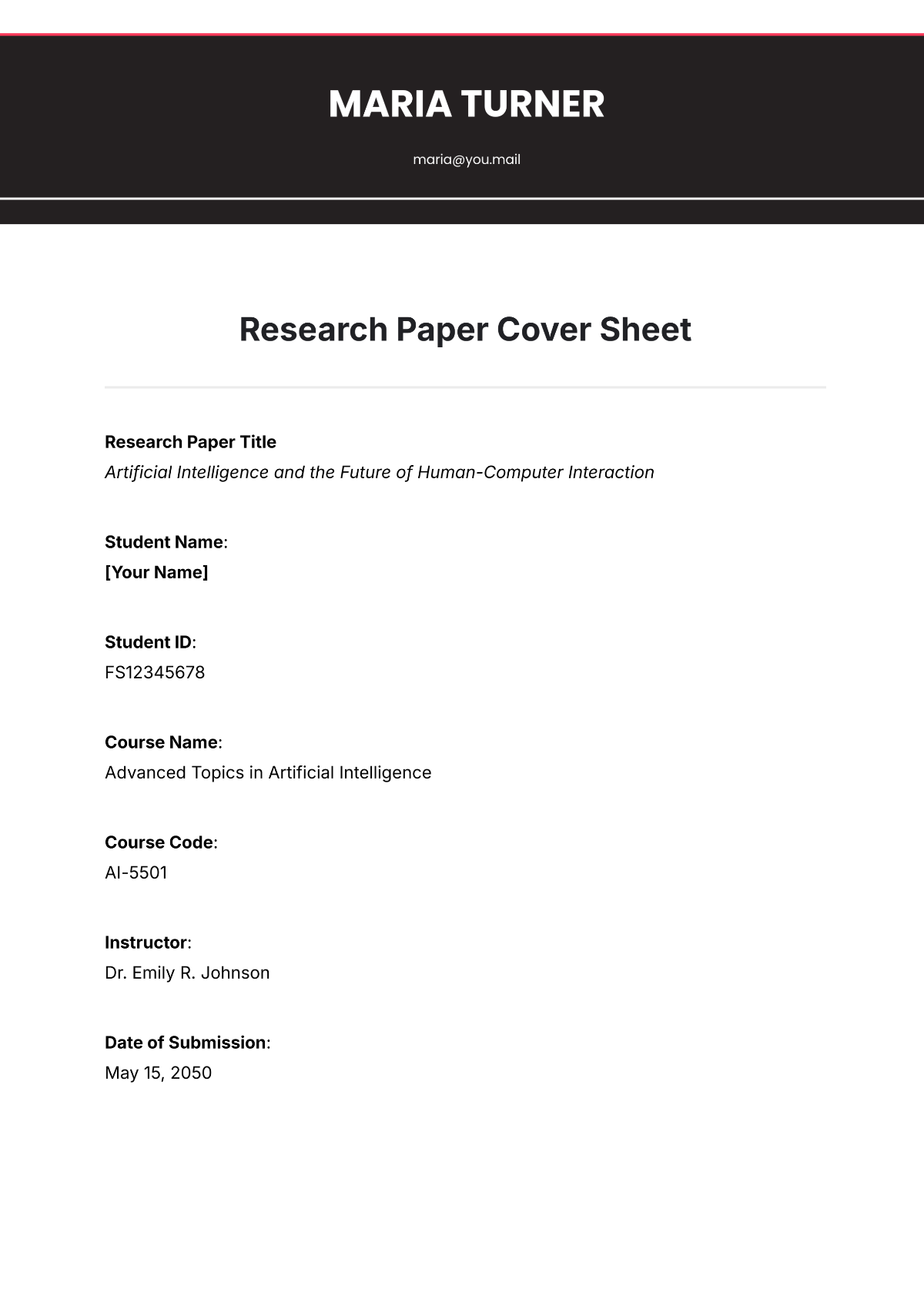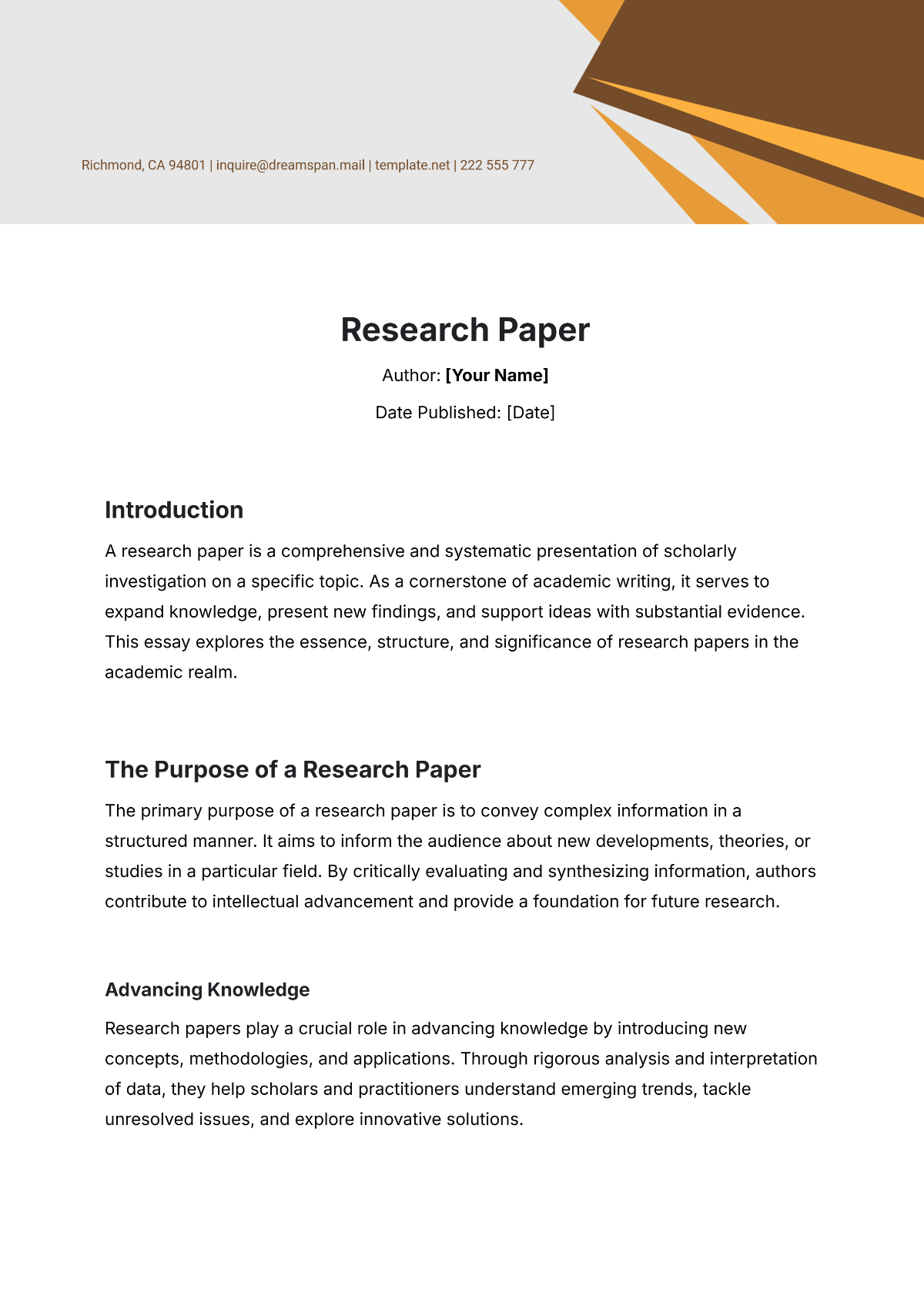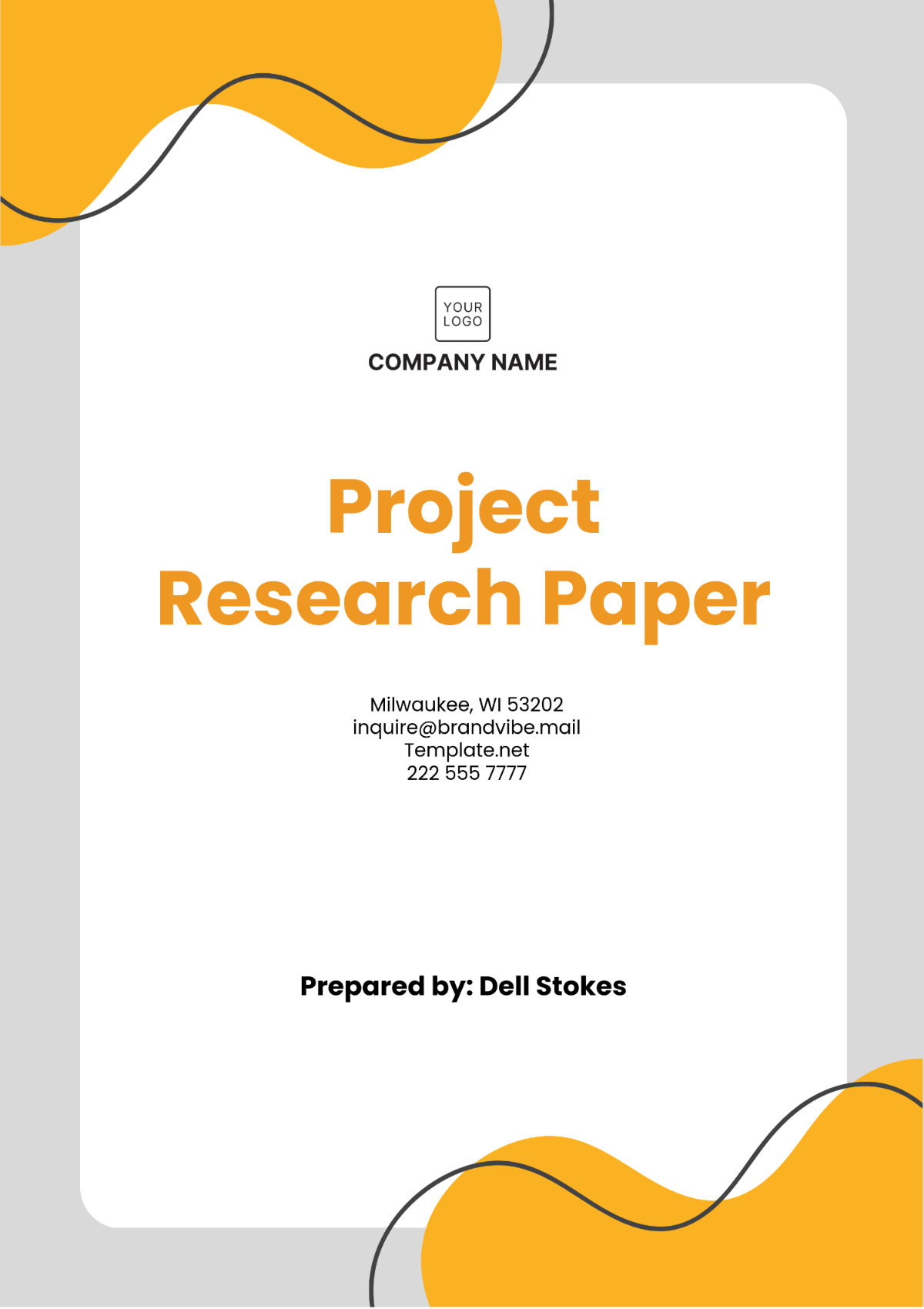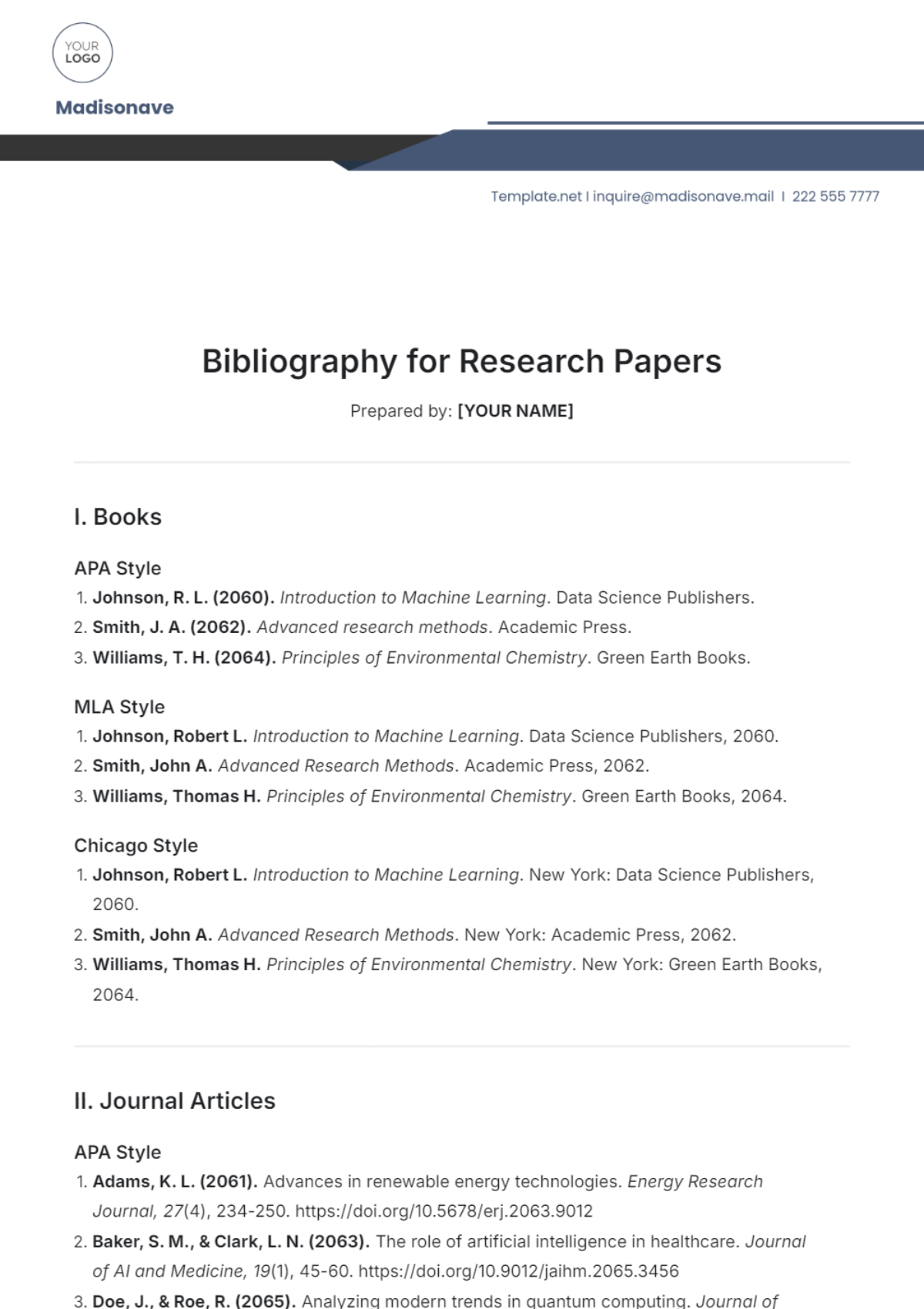White Paper Chapter Outline
1. Introduction
A well-structured white paper serves as a critical tool for conveying information effectively. This chapter outlines a strategy for organizing content into clear, logical sections. By doing so, it ensures that all key topics are covered and presented coherently, maintaining focus and consistency throughout the document.
1.1 Purpose of the White Paper
Furnish a comprehensive explanation that elucidates the primary goal or central purpose of the white paper, as well as identify and describe the specific audience or group of readers that the document is intended to engage and address.
1.2 Scope
Provide a detailed description encompassing the extensive range and comprehensive depth of the various subjects that will be addressed.
2. Executive Summary
This section provides a concise overview of the white paper’s main points, offering readers a quick glimpse of the key information.
2.1 Key Points
Overview of the problem
Proposed solution
Benefits of the solution
Conclusion summary
3. Problem Statement
Provide a detailed and comprehensive explanation of the specific issue or challenge that the white paper aims to address.
3.1 Context and Background
Provide necessary background information and context to help readers understand the problem.
3.2 Impact of the Problem
Financial impact
Operational impact
Market impact
4. Solution Overview
Kindly provide a thorough description of the proposed solution, including all relevant details and nuances.
4.1 Solution Description
Detail how the solution works, including technical aspects if applicable.
4.2 Benefits
Cost benefits
Efficiency improvements
Risk reduction
Revenue generation
5. Implementation Plan
Please develop and present a thoroughly detailed and carefully thought-out plan that outlines all the steps, resources, timelines, and methodologies necessary for the successful implementation of the proposed solution.
5.1 Steps for Implementation
Preparation phase
Initial deployment
Full-scale implementation
Maintenance and support
5.2 Resource Requirements
Human resources
Equipment and technology
Financial resources
6. Case Studies and Examples
To effectively illustrate the success of the proposed solution, it is crucial to include detailed case studies and relevant examples. These case studies should meticulously document specific instances where the proposed solution was implemented and highlight the positive outcomes that ensued. Additionally, tangible examples should be provided to further substantiate the efficacy of the solution, thereby offering a comprehensive understanding of its practical benefits and overall impact.
6.1 Case Study 1
Comprehensive information about the first case study encompasses an in-depth examination of the problem it addresses, a thorough explanation of the implementation strategy employed to tackle this problem, and a detailed analysis of the results that emerged from this approach.
6.2 Case Study 2
The second case study includes an in-depth examination of various aspects such as the problem that was addressed, the methods and procedures utilized during the implementation phase, and the eventual outcomes and results that were observed.
7. Conclusion
Provide a detailed summary of the primary and most significant points discussed in the white paper. Additionally, emphasize and reiterate the benefits and overall importance of the solution that is being suggested within the document.
7.1 Summary of Benefits
Key benefit 1
Key benefit 2
Key benefit 3
7.2 Call to Action
Encourage readers to take the next steps, whether it is contacting for more information, scheduling a consultation, or implementing the solution.
8. Appendices
Include supplementary details that enhance the understanding and depth of the subjects discussed in the white paper, even though these details are not crucial to the primary arguments or narrative presented in the main body of the document.
8.1 Glossary
Please provide detailed definitions and explanations for all the important terms and concepts that will be referenced and utilized throughout the entirety of the white paper.
8.2 References
Provide a comprehensive list of any sources that have been cited, as well as any relevant literature that readers might consult for further reading on the subject.


























